The post How to Pose and Angle the Body for Better Portraits appeared first on Digital Photography School. It was authored by Alexis Arnold.

One of the best ways to make a living with photography is to photograph people. People need photographs of themselves for their businesses, conferences, publications, acting, and more.
Now, when a person comes to you to have their photo taken, they trust you to make them look good. That is really one of the biggest parts of your job as a photographer:
Make your subject look great.
When someone hires you to take their portraits or headshots, it’s important you understand how to pose them and how to angle their body toward the camera. With the right techniques, you will also be able to work more efficiently, which will benefit both you and your client.
After all, most people don’t like to have their photo taken, so you want the process to move along swiftly.
I have compiled clear examples of the slight changes you can make to create a more pleasing portrait. These photos are straight out of the camera; no post-processing or touch-ups have been done. The model in the photographs had professional makeup done before we shot.
(I recommend that you refer your female clients to a makeup artist so they can have their makeup done prior to the shoot. This will make a big difference in the final look.)
Okay, let’s get started.

Shift their weight
With the first set of images (below), the model on the left is standing straight on (i.e., square to the camera). Her body weight is on both of her feet equally.
But as you can see with the image on the right, a subtle shift in her weight makes a big difference. All the model did was put the majority of her weight on her right leg – and this immediately created a subtle s-curve with her body.
The model is still facing the camera straight on, but already looks slimmer.

Lean forward from the waist
The model is still facing you straight on, but you can now have her lean forward from the waist.
With the photo on the left, the model is leaning away from the camera or backward, and it’s very unflattering. This angle creates a double chin and makes her look heavier. Anytime a client does this, you should correct them right away.
To make the photo better, just have your subject lean slightly forward from their waist (toward you).
As you can see from the photo on the right, when the model leaned forward, she automatically angled her head and shifted her weight. The pose is much more flattering!

Weight on the back leg
Now have the model shift her weight to her back leg.
In the examples below, the model shifts her weight to her left leg and brings her right leg forward. With the image on the left, you can see how, when she leans backward or away from the camera, the pose looks awkward and unnatural.
So when your subject shifts their weight back, have them either stand up straighter or have them add a bit of lean toward you (as seen in the photo on the right).

Cross arms
A very popular pose for business headshots is to have your model cross their arms (shown below). This projects a feeling of confidence and strength.
It can go wrong, however.
In the image on the left, the model angled her head backward. This mistake is more common in women, since they often tilt their head in photos.
Instead, communicate clearly with your subject to bring their chin forward and down slightly. This easy adjustment makes a big difference and is the shot your client will want.

Lean forward again
You can get a very nice close-up headshot with the crossed-arms pose.
The image on the left was shot wider to show you how and where the model has angled her body.
Ask your subject to lean forward from the waist. Most people will think this feels weird, so just let them know that it’ll look great in the final image.
Remember that most people are insecure about how they look, so always take time to reassure them that they look amazing!
Then either zoom in tight with your lens or step in closer to get a beautiful portrait.

Photograph on both sides of your model’s face
The example below shows the model’s “good side.” We all have one side that is better than the other. However, it is not usually visible to the naked eye, so please be sure to always photograph your model from the left and the right sides.
This is clearly shown with the model below. Her good side is when she angles her face to the right so her left side is more visible (below right). You can see more of her face, her neck looks better, both eyes are visible, the hair falls naturally, and her nose has a more flattering angle.

When repositioning your model, remember to shoot every pose from each side. Until you get good at recognizing your client’s good side just from looking at the image preview on your camera, always shoot from the left and the right.
Sitting poses
Let’s move on to portraits where your client is sitting down. Having your subject in this sitting position places you above them – so you will be shooting at a downward angle, which is very flattering for most people.
Pose your subject on the seat edge
First, have your subject sit on the edge of the chair. You do not want them sitting comfortably where they lean all the way back.
In the left image below, the model is sitting on the edge of the seat, feet on the floor and shoulders square at the camera. Even though the angle isn’t the best, if you crop in tight, you can still create a nice portrait with the focus on the eyes, as seen in the image on the right.

Consider crossing the arms and angling the face
With your subject still sitting in the chair, have them place their elbows on their knees.
Arms can be crossed or not; I suggest you play around with both options. This forces the subject to look up at you, taking away any issues with their neck.
Make the image better by having your subject angle their face slightly to the left or the right, as shown in the right image (below). Remember that these are tight crops, focusing on the eyes and the smile.

How to pose and angle the body for better portraits: Conclusion
It’s easy to see how a simple posing adjustment can result in better portraits.
A good rule of thumb to remember:
Have your subject angle one shoulder toward you, and have them place their weight on the back leg. This will immediately make them look slimmer.
Of course, now that you know how to pose for great results, the best way to improve is to get out and practice, practice, practice!
And have fun shooting!
(All images were shot in a studio with a 50mm lens, on a white paper backdrop, with one strobe light.)
Now it’s your turn:
How do you come up with poses when doing portrait photography? Do you have any additional posing advice? Share your thoughts in the comments below!
The post How to Pose and Angle the Body for Better Portraits appeared first on Digital Photography School. It was authored by Alexis Arnold.
























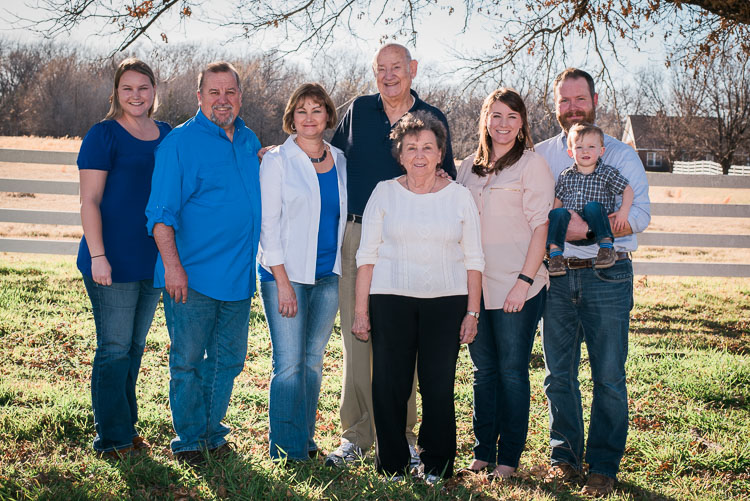

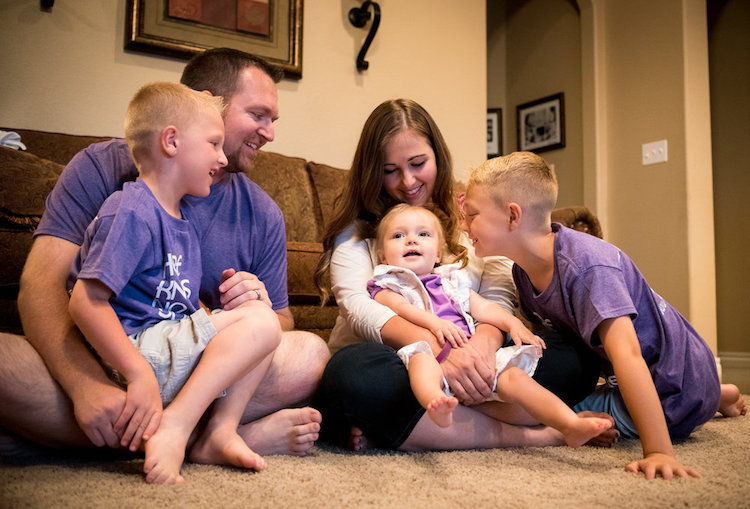






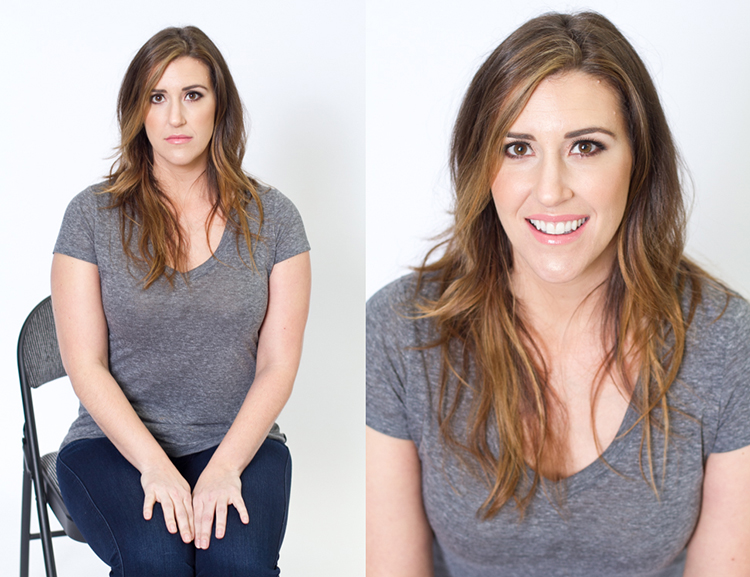





















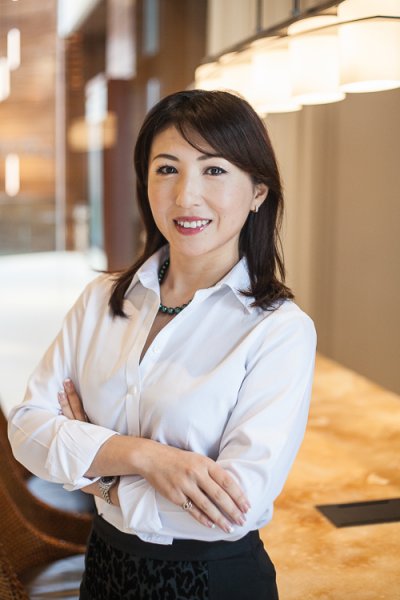
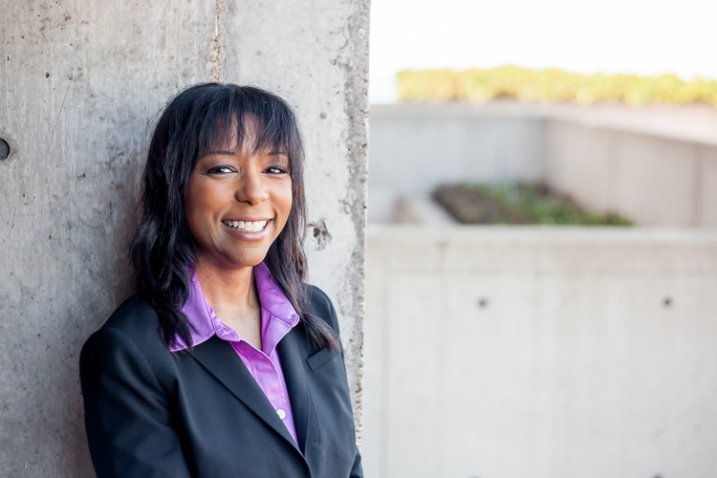


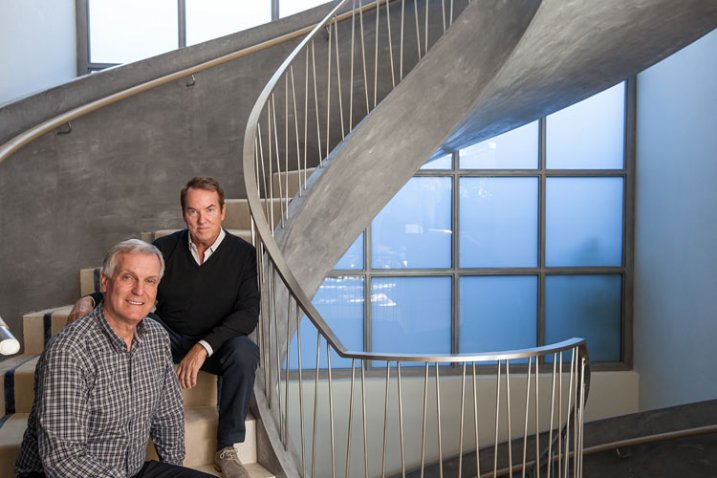






You must be logged in to post a comment.